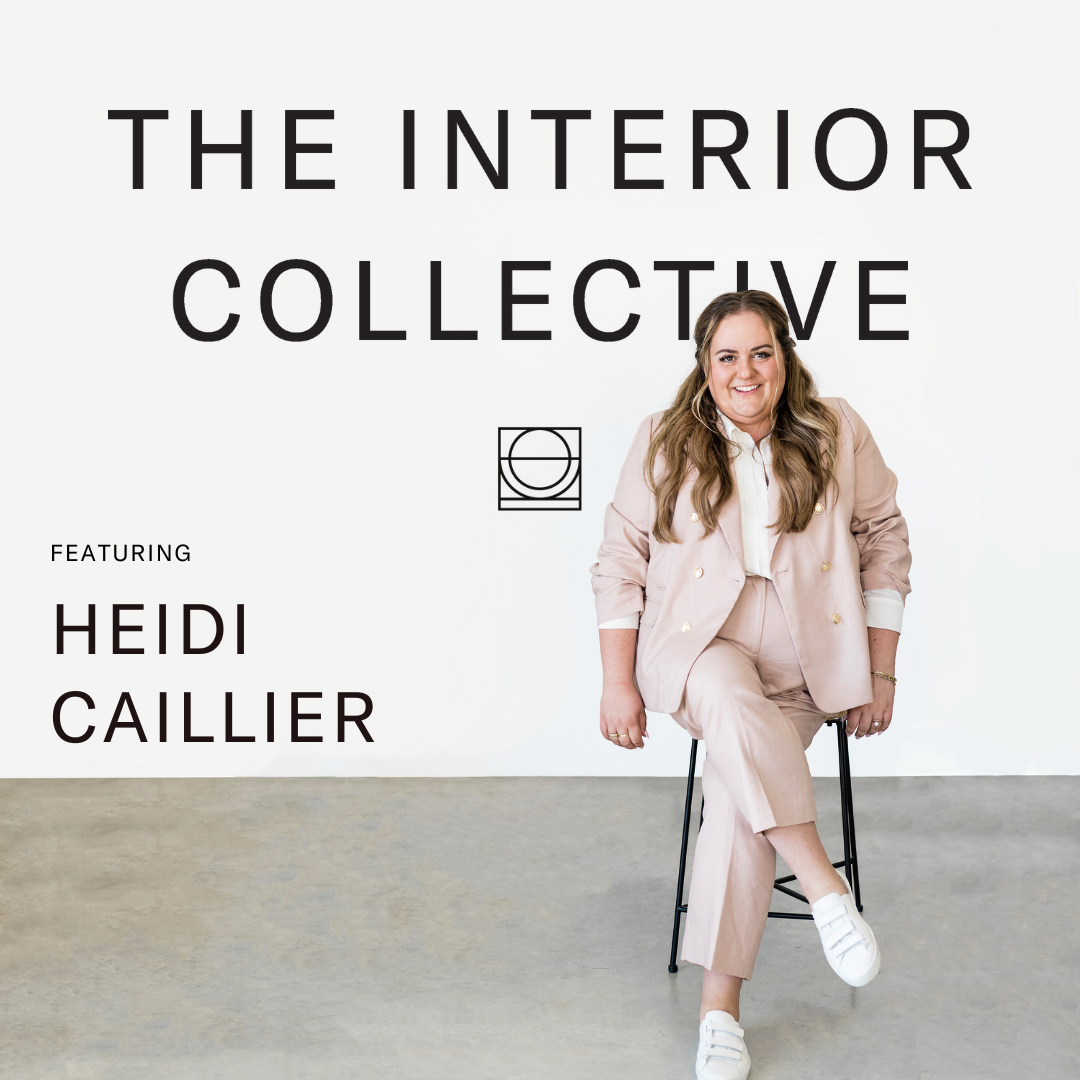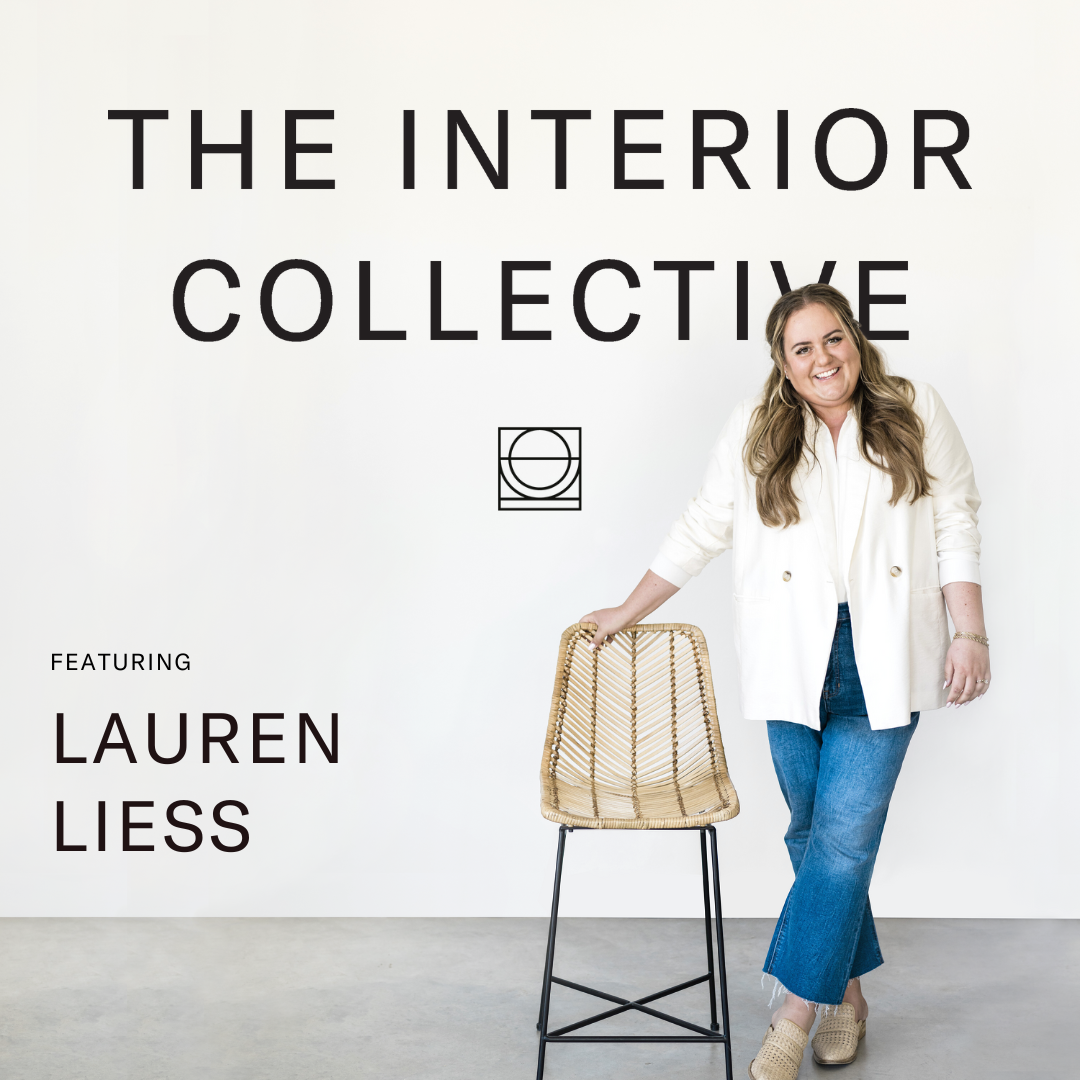Season 6 of The Interior Collective is brought to you by Materio.
An operating system built specifically for design projects—from start to finish. That’s what Materio is.
From concept to handoff, client billing to procurement—it’s one connected workflow. Try it for free.
It’s intuitive. It’s fast. The Interior Collective listeners get 50% off their first month. Just head to getmaterio.com to claim the offer.
Subscribe now at patreon.com/theinteriorcollective
Interior Design Service Agreement at IDCO Studio
Welcome back to The Interior Collective. I’m your host, Anastasia Casey, and today, we’re diving into the art of bringing a new construction project to life.
Our guest is Stephanie Mahaney, founder of Stephanie Rae Interiors, most-known for designing functional, custom residential projects and elevated commercial spaces. With a background at Kemble Interiors and a deep understanding of the building process from her collaboration with Keating Moore Construction, Stephanie brings a unique perspective on integrating design and construction seamlessly.
In this episode, we’ll cover:
For many designers, custom new construction projects are the dream project, and Stephanie is breaking down just how to ensure they run smoothly. Let’s get started—here’s my conversation with Stephanie Rae.

When the design phase is completed, an interior designer’s job is just beginning. As you head into the construction phase of a project -...

Heidi Caillier: Going Against the Grain SHOW NOTES The key to success as an interior designer lies in your own understanding of who you...

The line between interior designer and lifestyle influencer is a fine one. The Lauren Liess brand has expanded from Interior Design Studio to include...